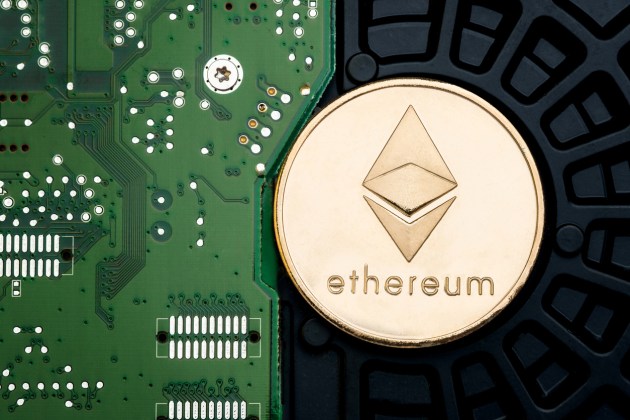Escalating trade tensions and renewed uncertainty in global markets are driving investors toward alternative assets, including Bitcoin and tokenized real-world assets (RWAs), as concerns mount over the long-term stability of the financial system.
Global trade tensions continue pressuring investor sentiment despite US President Donald Trump announcing a 90-day pause on higher reciprocal tariffs on April 9, reverting the tariffs to the 10% baseline for most countries.
At the same time, Trump escalated his tariffs on Chinese goods from 104% to 125%, the Financial Times reported on April 9.
“President Trump’s tariff escalation marks a significant inflection point for global markets,” a move that signals “more than a trade disagreement,” said Teddy Pornprinya, co-founder of Plume — a layer-1 blockchain focused on tokenized real-world assets. He added:
“It exposes deeper fractures in the global monetary system.”
With both the US and China facing what he described as unsustainable debt levels, Pornprinya warned of increased reliance on inflationary tools, including the potential depreciation of the Chinese yuan.
“These dynamics will test the resilience of every asset class” and inspire greater adoption for tokenized credit and private yield products that “aren’t exposed to sovereign devaluation games,” he said.
Related: Bitcoin ETFs lose $326M amid ‘evolving’ dynamic with TradFi markets
The tariff fears led tokenized gold trading volume to surge to a two-year high this week, topping $1 billion for the first time since the US banking crisis in 2023, Cointelegraph reported on April 10.
Top tokenized gold assets, trading volume. Source: CoinGecko, Cex.io
Onchain real-world assets (RWAs) also surpassed the $20-billion all-time high on April 9, with tokenized private credit representing the lion’s share, or $12.7 billion of total RWA value, according to data from RWA.xyz.
RWA global market dashboard. Source: RWA.xyz
Some industry watchers said that Bitcoin’s lack of upside momentum may drive RWAs to a $50-billion all-time high before the end of 2025, as their increased liquidity will help RWAs attract a significant share of the $450-trillion global asset market.
Related: Bitcoin’s safe-haven appeal grows during trade war uncertainty
Tariffs are “US bargaining tool,” not lasting policy shift
Despite investor concerns, analysts at crypto exchange Bitfinex said the tariff hike may not represent a long-term policy shift.
“We believe, however, that the threat of tariffs by the current US administration is a negotiating tool to be used to persuade other countries to lower tariffs on American manufactured goods and services and are unlikely to become permanent policy,” they told Cointelegraph.
Source: Raoul Pal
Raoul Pal, founder and CEO of Global Macro Investor, also said that the tariff negotiations may only be “posturing” for the US to reach an agreement with China.
The tone of the negotiations may dictate the recovery of global risk assets, including the crypto market, which has a 70% chance to bottom by June 2025 before recovering, Nansen analysts predicted.
Magazine: Bitcoin ATH sooner than expected? XRP may drop 40%, and more: Hodler’s Digest, March 23–29










